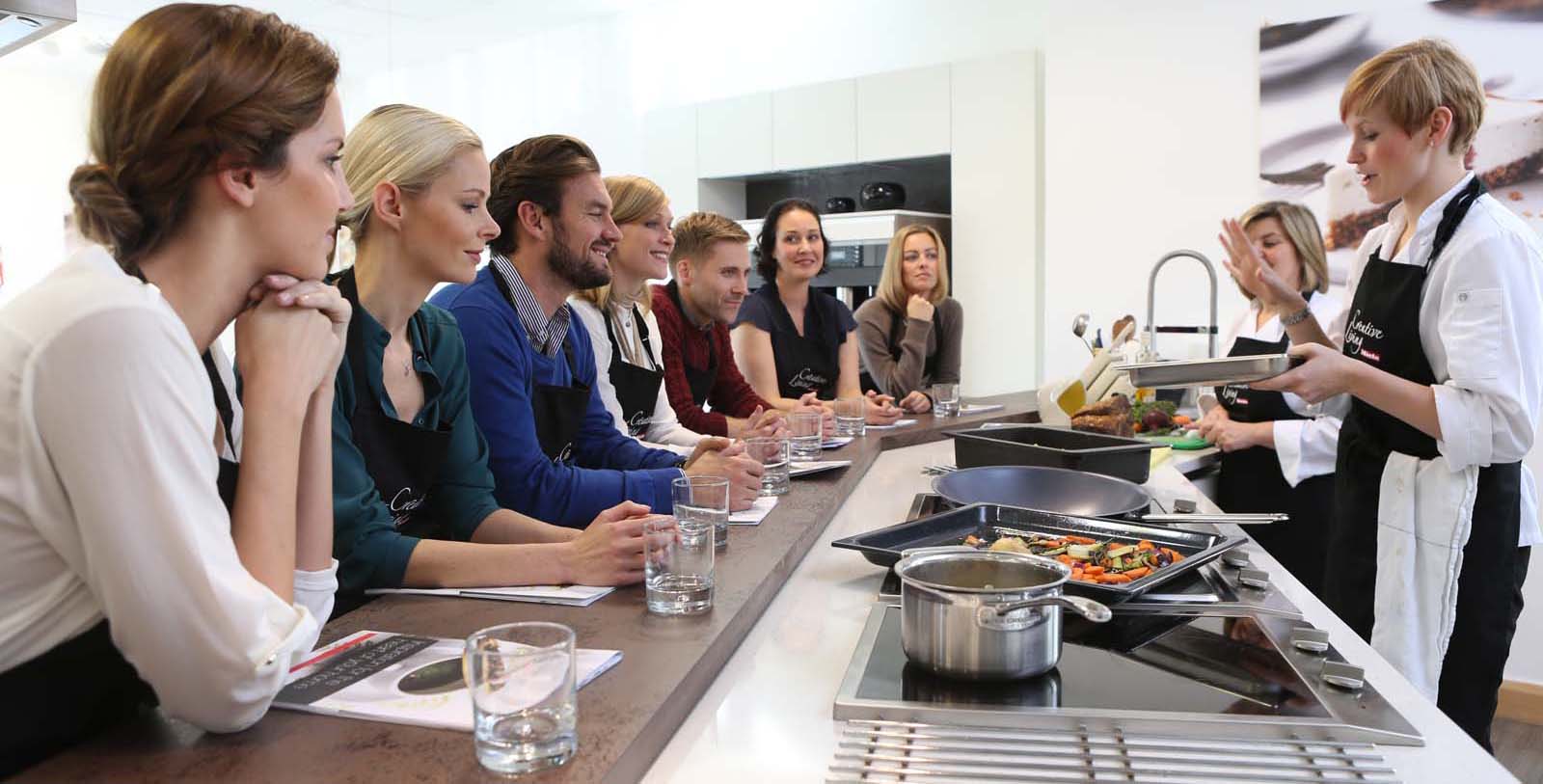It’s said that around a third of all food produced globally is wasted every year, damaging both the environment and our pocket. One of the best ways to preserve food is to freeze it. As well as being quick and easy, it doesn’t require the use of any preservatives or chemicals. And, if done correctly, it won’t affect the taste or texture of meals and ingredients either. For many of us, the rules aren’t quite that clear cut. Which foods are safe to freeze, how long can you keep them frozen and how do you defrost safely?

Foods that can be frozen
It’s not just batch cooked meals and items from the freezer section at the supermarket that can be frozen. You can also freeze cooked pasta and rice, nuts, flour, butter, grated cheese, peeled bananas, bread, herbs, eggs cracked into small containers, raw or cooked meat and stock. Don’t be tempted to freeze milk, potatoes, deep-fried food, sour cream or anything with a crumbly topping. Food with a high water content such as salad leaves, celery and cucumber also won’t freeze well. You should also avoid freezing something near its use-by date, as freezing won’t completely remove bacteria so in this case it’s best to get rid.
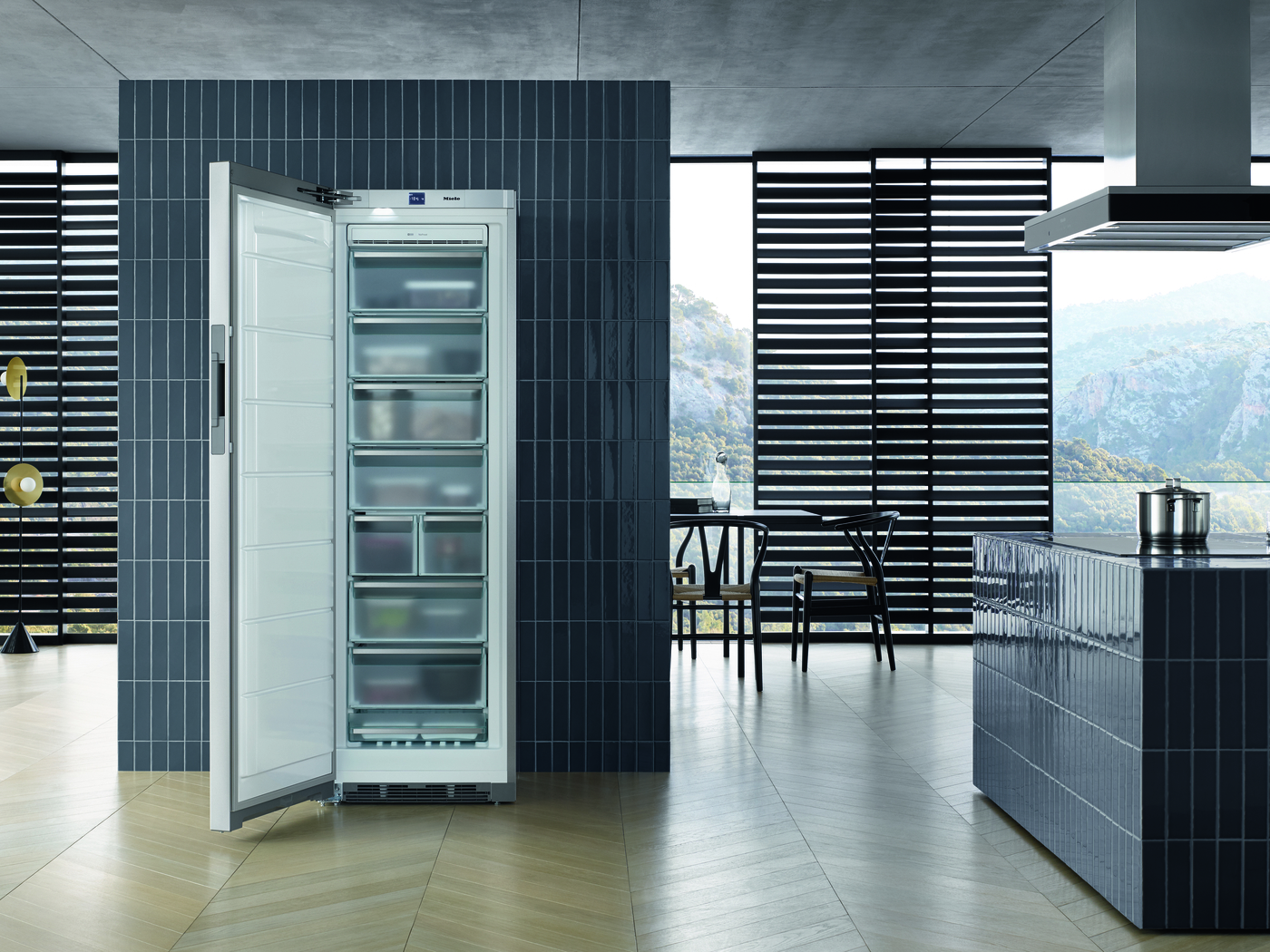
Top tips for making the most of your Miele freezer
Ensure food is completely cool before freezing. Anything still warm will increase the temperature of the freezer and may even start to defrost items placed nearby.
Use sealable containers or bags and meat in particular should be carefully wrapped.
Never be tempted to refreeze raw meat that has been frozen then thawed. This goes for any other raw food that has previously been defrosted.
You can, however, freeze cooked meals made with previously frozen ingredients. This is because any bacteria present will have been killed off during cooking. Just make sure the meal has cooled down and is in a sealable container.
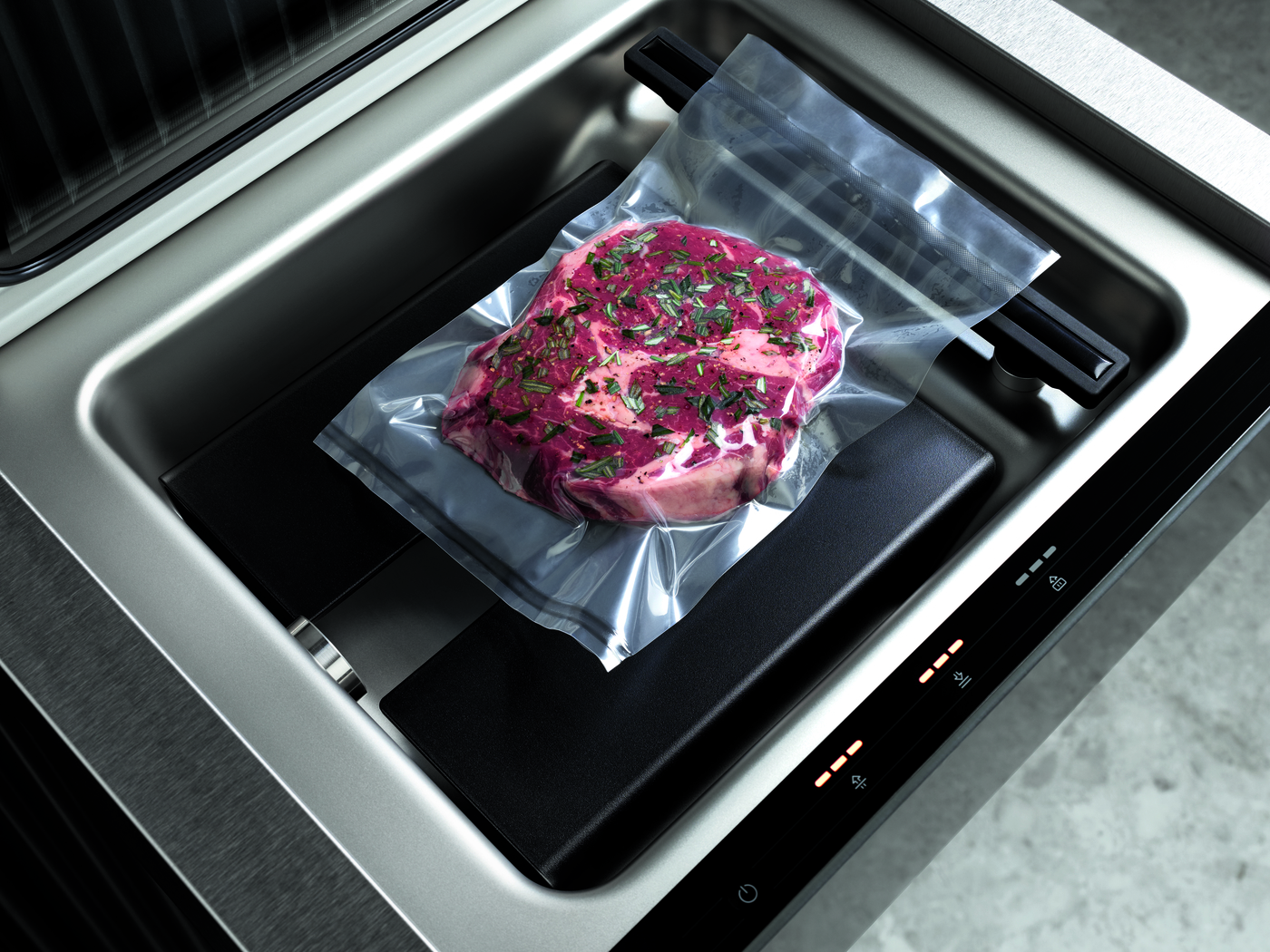
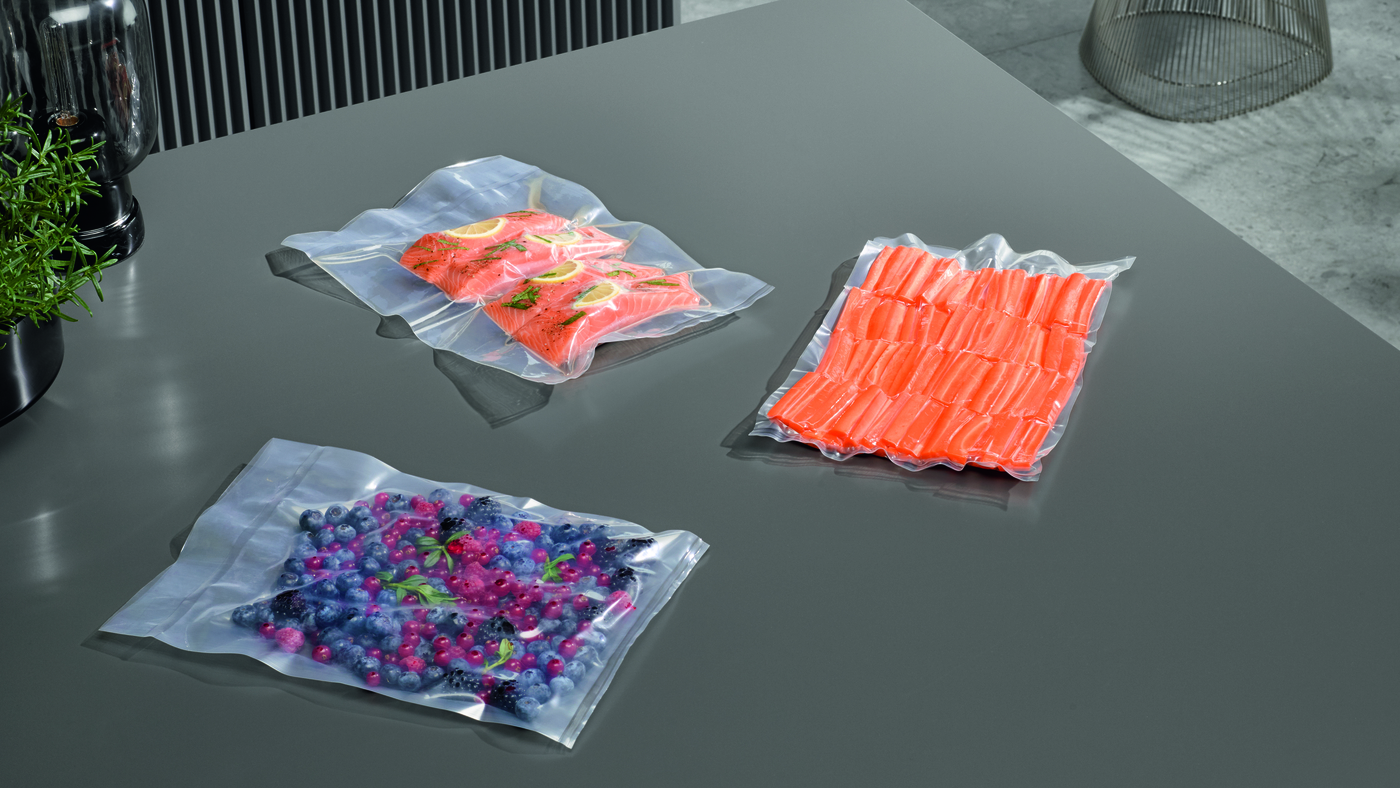
Speaking of suitable containers, it’s best to use heavy-duty plastic tubs. You can also use aluminium foil, freezer bags or Miele's vacuum drawer for vacuum packed meals that are easy to reheat. It works by removing up to 99% of air inside the bag so food defrosts much quicker than if it were in a regular container. It also avoids ‘freezer burn”, which is when air meets frozen food and affects its texture and colour.
To freeze vegetables, prepare them first. Peel and chop into small pieces and if possible, blanch them in a Miele steam oven by cooking for one minute on 100˚C. Refresh in cold water then freeze. You can then add to your cooking without defrosting first.
Cooked pulses can be frozen without any issues. If you make a batch of fresh chickpeas, allow them to cool down and freeze flatly. You will be able to add into curries or stir fries and they will defrost almost instantly with the sauce.
Fruit such as banana, pineapple or berries can easily be frozen and used to make sauces or smoothies straight from the freezer.
Dairy products with a high fat content such as cream or yoghurt can be frozen, but make sure you give them a good stir after defrosting to incorporate.
Use an ice cube tray for herbs mixed with olive oil, concentrated stock, which can be added directly to a sauce or diluted in 500ml of water, or even wine for sauces and stews. Wine cubes will also chill a glass of Chardonnay without diluting it – just remember to keep those ones away from children!
You can also use ice cube trays for curry paste, which can be added straight to the pan from frozen. It’s a really handy way of keeping essential ingredients fresh for longer and saved in individual portions to make things easier.
I do a lot of South East Asian cooking and herbs and spices such as fresh turmeric, galangal, ginger, kaffir lime leaves, Thai pandan leaves or lemongrass freeze very well.
It’s more efficient to freeze and defrost in smaller sized containers. It takes less time as well as preventing waste by allowing you to only use what you really need.
Having a full freezer is also more economical to run. This is because the cold air won’t need to circulate as much, keeping electric bills down.
As a rule, I try not to keep anything in the freezer for more than six months. Have a quick check what you have already before you head to the shops to avoid doubling up. And aim to use up everything rather than constantly restocking.
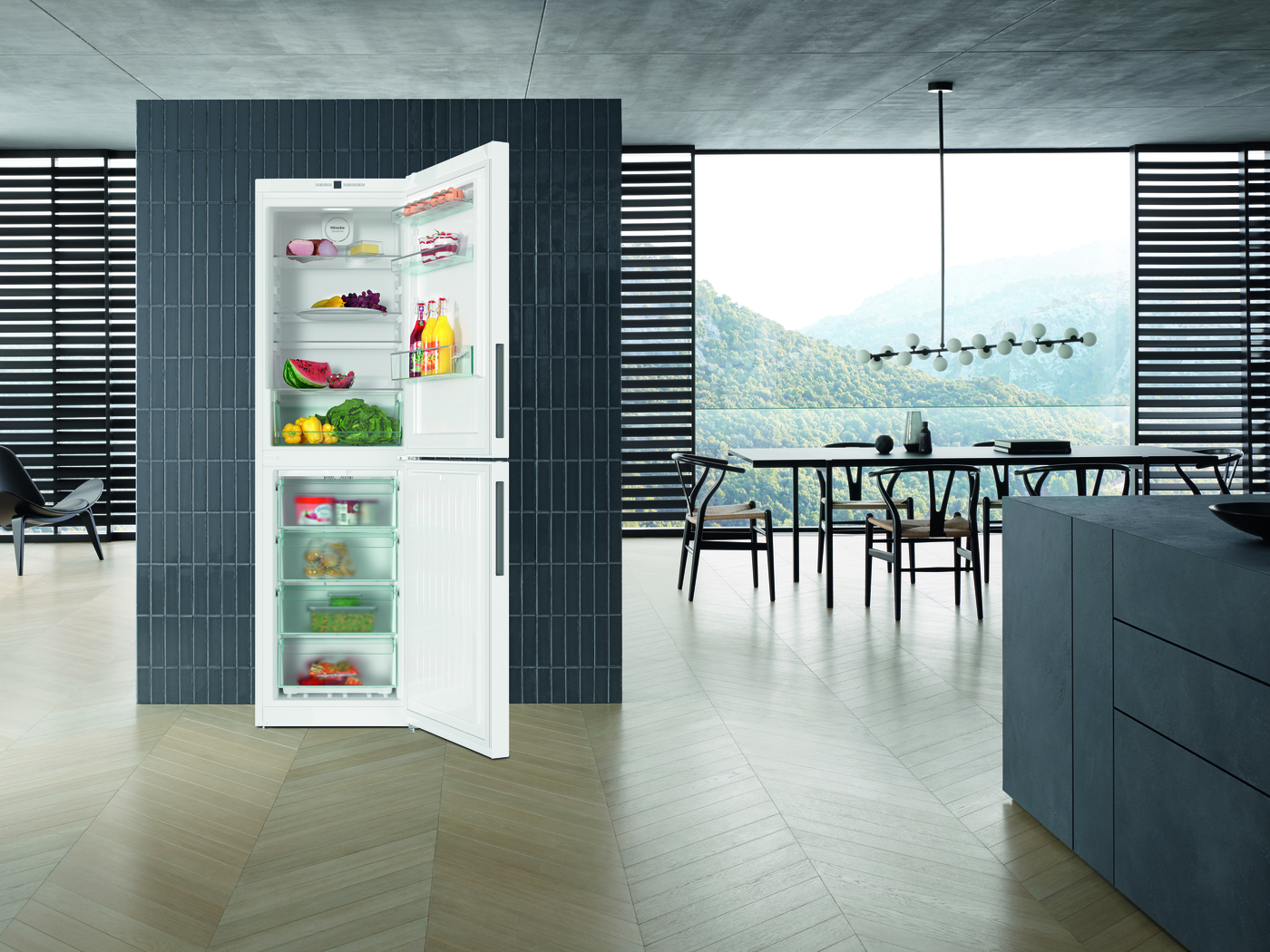
Defrosting the safe way
All catering businesses are obliged to label everything that goes into the freezer with both the freezing date and an expiry date. This is something I also recommend to do at home. It helps to use up things in the right order. You can also move newly added items to the back on a rotation basis every week or so to ensure you’re using up older ingredients first.
Things like meat, white fish, bread, cakes and pastries can be kept in the freezer for about six months. Oily fish, salted butter and ice-cream should be kept no longer than four, while sliced bacon, soups, sauces and bread dough will only last three months.
To defrost any food, pop it in the fridge overnight so that it thaws out gently and slowly. If you’re in a hurry, you can use your Miele steam oven. Choose the lowest temperature available (40˚C) and chicken breasts or salmon fillets will defrost in about 20 minutes. No need to turn them halfway through and you’ll get even results without cold spots.
In the event of a power cut, don’t panic. Don’t open the door and food should stay frozen for about 24 hours.

Planning Your Kitchen?
Discover the precision and accuracy of Miele with a complimentary 5 course taster menu that brings the appliances to life.

